Tapping Your Deepest Family Roots
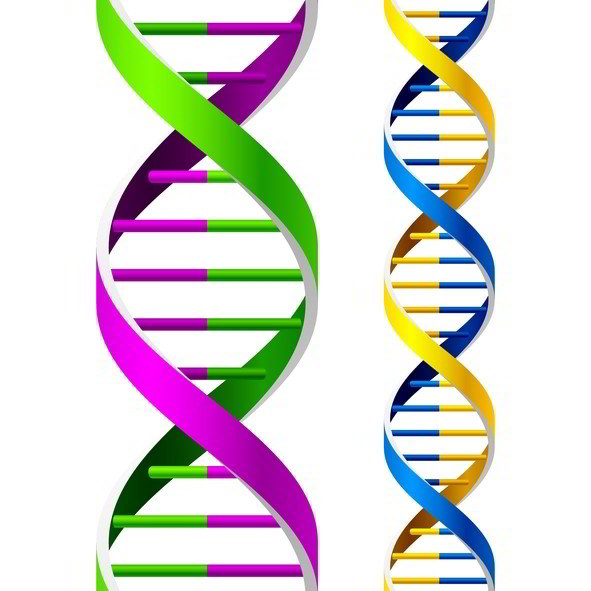
Have you ever wondered about your deep family roots? Do you want to find where your family fits into the human family tree? Answering these questions is now possible with the help of the National Geographic Genographic Project (NGGP).
The NGGP offers a paid kit to help you in your search or you may continue your free search with the knowledge that a solution like this is available if needed.
From an early age, I was always intrigued by the subject of
anthropology, the study of human origins. It is only natural that I see
anthropology from a genealogist's perspective. The recent development
of DNA testing as a genealogy tool has served to blur the lines between
the two subjects. My take on it is that anthropology is genealogy, but
just on much grander scale. Most of all, I am interested in seeing the big picture of how my early ancestors made it to Europe.
Human Family Tree - Deep Ancestry
When most people think of their family ancestry, they focus in on the most recent 5 or 10 generations, when that is only the tip of the iceberg of your family’s history. What if you could track your family roots back hundreds of generations and thousands of years all the way to the cradle of civilization in Africa? Luckily your DNA contains a precise record of all those generations and holds the key to understanding your history. All you need is someone to translate it.
With advancements in DNA science, it is now possible to track a person’s deep ancestral journey using a simple cheek swab. Your DNA has recorded within it certain markers that can be matched with those of indigenous people to trace the migration path your ancestors took across the earth to get you where you are now.
Launched in 2005, National Geographic’s Genographic Project pairs DNA analysis with extensive work with indigenous communities to help answer fundamental questions about where humans originated and how they came to populate the Earth.
A team of scientists headed by Dr. Spencer Wells, tests
nearly 150,000 DNA markers to help identify a family’s specific migration path
which ancient ancestors followed hundreds—even thousands—of years ago,
providing an unprecedented view of their deep family roots.
In order to participate in this project, you have to purchase a Geno 2.0 – Genographic Participation Kit from the National Geographic website at shop.nationalgeographic.com. Then follow the directions in the kit to take a cheek swab sample and mail it in. After a couple of weeks, you can check on your results on their web using your own private code to login.
I took the test several years ago during the first generation of the Genographic Project and my family’s migration path results are displayed in the images below. My family is predominantly from Germany, so their migration path out of Africa makes perfect sense. Nearly a straight line shot out of Africa and into Europe.
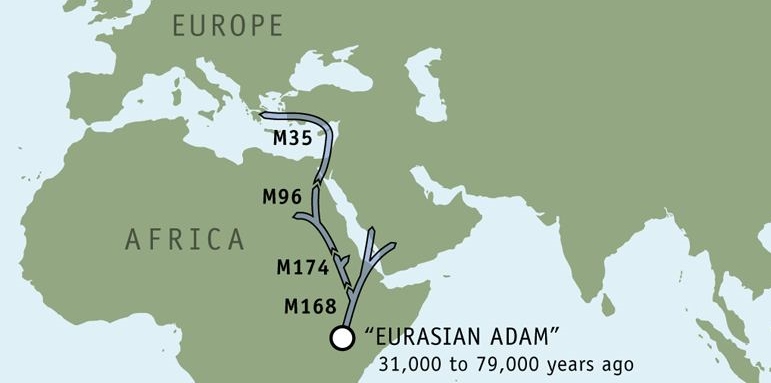
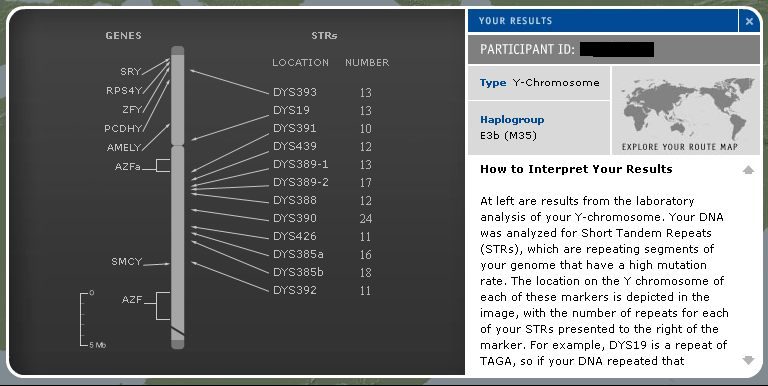
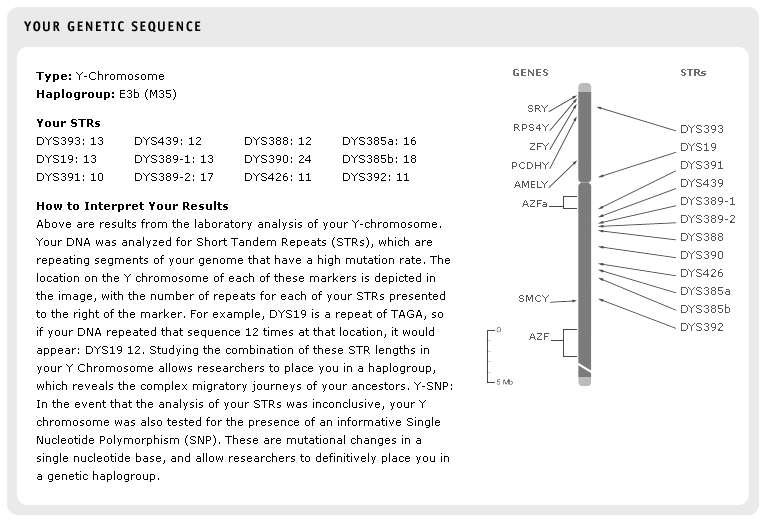
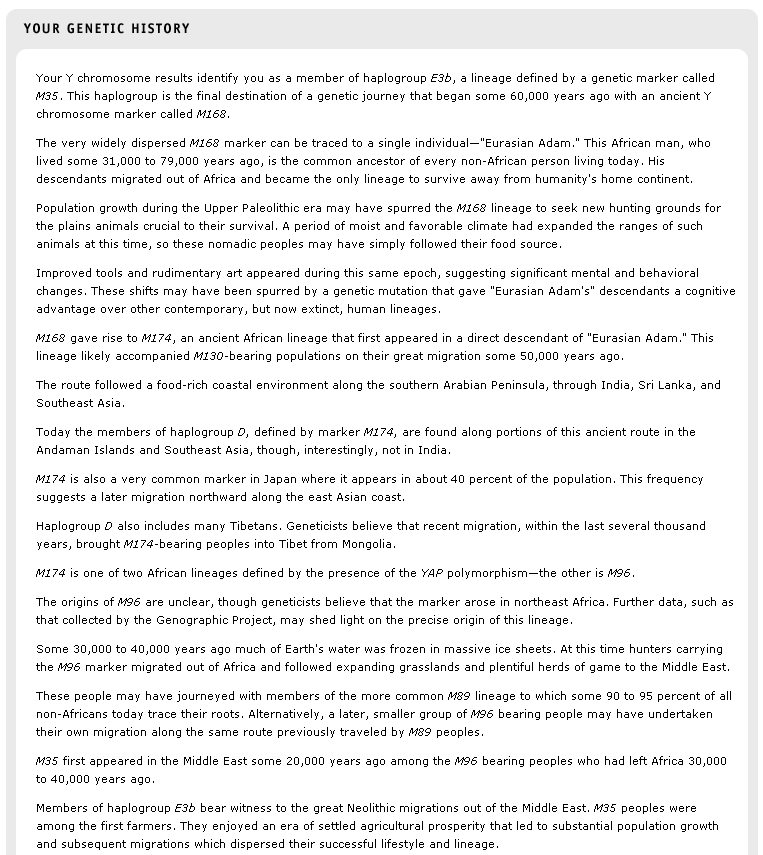
I find these results to be both fascinating and insightful. Although getting the DNA test done is not
cheap, where else can you take a personalized journey through thousands of
years of your family history and see where your family fits into the human family tree?
Read related articles: Tricks of the Trade
Beginner
Guide
Genealogy Quick Start Guide for Beginners
Applying the Genealogy Proof Standard to your Research
Google Genealogy Research Toolbox
Find Records
Researching Ancestors through Military Records
Using the National Archives (NARA) for Genealogy Research
Using U.S. Census Records
Canadian Genealogy Research using the Internet
Tips
Genealogy Source Citations Made Easy
Listening to Genealogy Podcasts Made Easy

